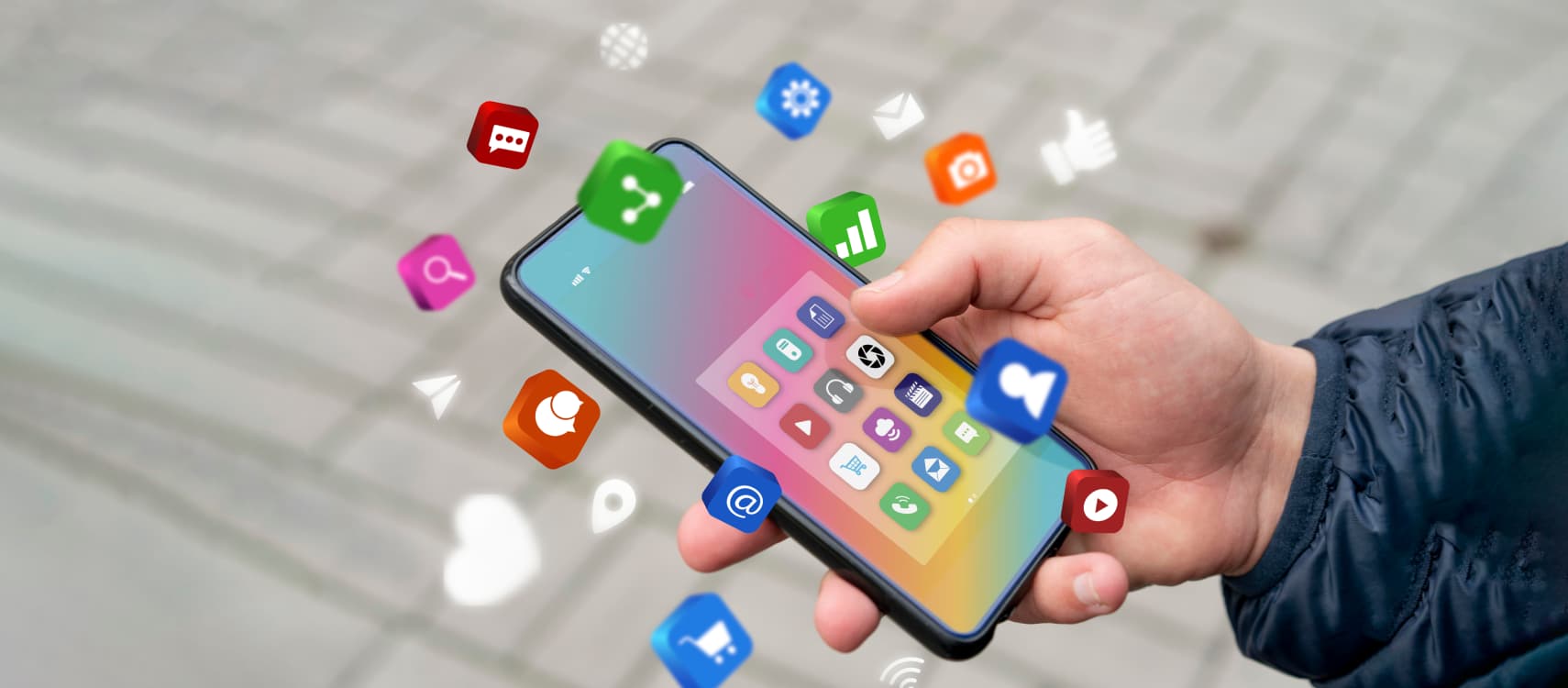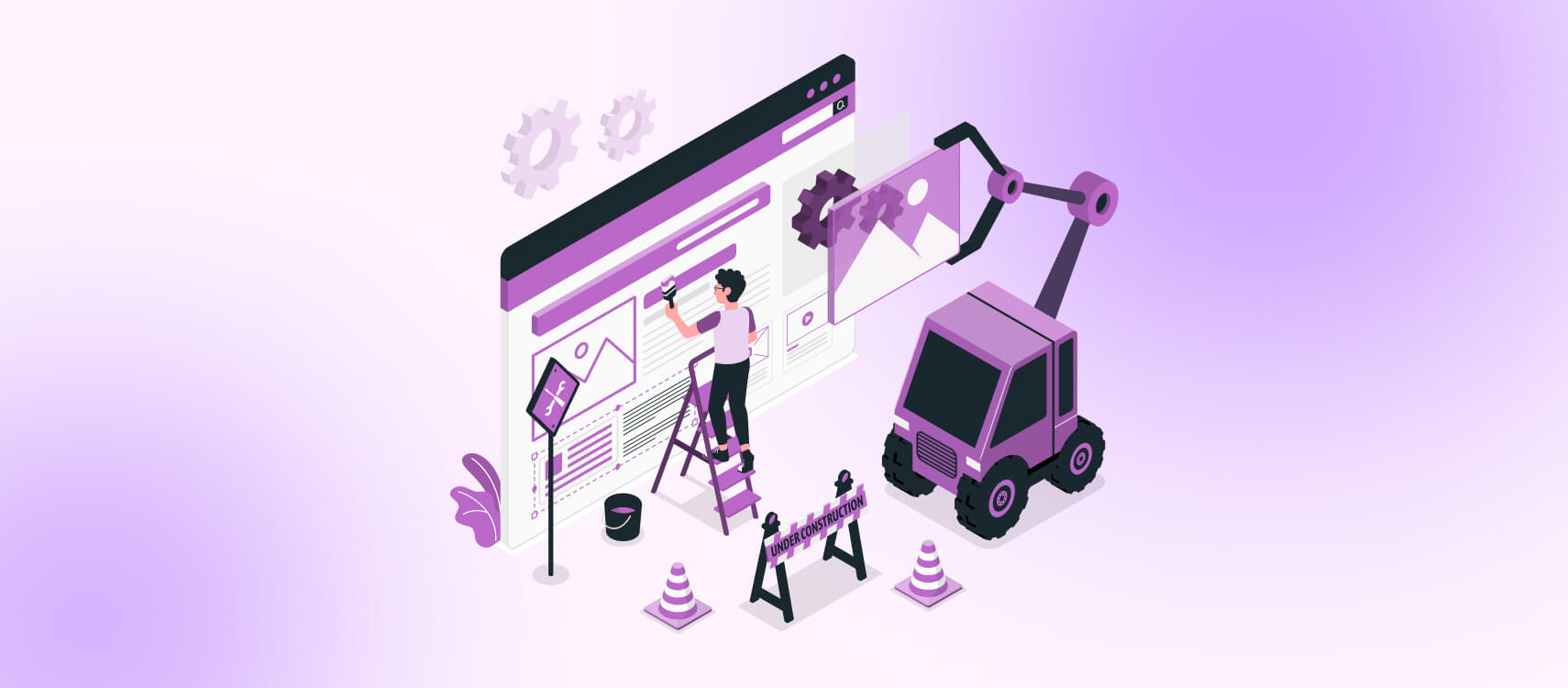Table of Contents
- Artificial Intelligence Integration
- Apps as the Key to Connected Reality
- Enhanced Security and Privacy Measures
- Blockchain Integration
- Gesture-Based Interfaces
- Micro-interactions and Personalization
- Adaptive and Contextual UI
- Design With Low Cognitive Load
- Ending Notes
With each passing year comes new technological advances increasingly impacting how we use our smartphones and interact with the apps. Apps long ago ceased to be merely tools for different purposes, they deliver us an ecosystem of digital interactions with machines that continues to evolve.
From AI to machine learning to connected app-based ecosystem to proactive security algorithms to new UI/UX approaches facilitating seamless interactions, the future of mobile apps seems to hold a lot for us. Let us try to connect these dots and understand the future of mobile apps.
Artificial Intelligence Integration

It’s undoubtedly clear that incorporating artificial intelligence enriches mobile app interfaces profoundly by augmenting a more seamless and engaging experience for end-users. Power-packed features inherent within AI primarily including intuitive conversational capabilities delivered through Chatbots alongside intelligent Personal Recommendations injected within mobile app states powered by Machine Learning(ML) and Natural Language Processing(NLP).
Moreover, Conversational-AI functionalities provide smooth support for various requests and troubleshooting; voice assistants such as Siri and Google Assistant’s increasing popularity is instrumental in the ability to perform tasks through effortless verbal cues. A crucial essential aspect of AI is the refined profiling of user behavior patterns through AI algorithms, leading to highly curated, tailored content recommendations. This is an ideal ingredient in the roadmap to push engagement and user satisfaction levels.
Apps as the Key to Connected Reality
With the continuing growth of the Internet of Things (IoT). Mobile apps are now functioning as central hubs managing ongoing controls for all smart appliances. There is now a seamless integration between IoT devices and mobile apps so that you can interact with from anywhere at any time. This covers everything from adjusting your thermostat settings to monitoring home security system information or viewing health or fitness data collected from high tech wearable gadgets.
With this essential connectivity comes an elevated level of convenience, efficiency & automation entrenched in our daily lives transforming modern day smartphones into multi use power houses capable not only of controlling but also managing smart homes, wearables and other IoT devices entirely to enhance productivity without losing personal touches.
Enhanced Security and Privacy Measures
Recent developments in the tech industry are pushing the rise of cybersecurity and data protection concerns rapidly, making the need for strict measures paramount. These developments prompt mobile app developers to improve user’s data security, ensuring that nobody with unauthorised access gets past that mark.
One of such vital security measures is two-factor authentication (2FA), which reinforces its potency by a diverse array of verification requirements. Users may now be required to provide more than one verification criterion like unique codes sent over SMS or tokens generated through authenticator applications- before accessing mobile apps.
Moreover, developers employ biometric authentication processes by integrating cutting-edge human-authentication technologies like fingerprint recognition and facial recognition scans into app log-in pages further buttressing superior functionalities positively modifying overall experiences.
Furthermore, secure encrypted communications ensure safe transmission between devices globally; applications transmitting sensitive user data benefit from this impeccable performance; this action intensifies safety concerns while guaranteeing savvier protection protocols against possible threat actors.
Blockchain Integration

The world’s love for Blockchain technology isn’t waning anytime soon due to its transparency mechanisms being a reliable assurance tool across various industries, particularly for enterprise apps facilitating transactions. Incorporating blockchain brings enhanced security features which effectively eliminates mistrust among stakeholders.
It also facilitates secure financial transactions without intermediaries or brokerage fees and efficient supply chain management and decentralised marketplaces options. Furthermore, since stored data cannot be altered when using blockchain, this brings an added layer of guaranteed security and resulting brand reputation.
Gesture-Based Interfaces
Mobile UI/UX is evolving towards greater intuitiveness resulting in more gesture-based interfaces that move beyond traditional button taps. Edge-to-edge screens have dominated the smartphone market space pushing gesture interactivity towards the forefront of mobile app design.
Swipe commands such as swiping left or right along with pinch-and-zoom features are popular for offering seamless navigational opportunities. Similarly interactivity has become effortless for performing complex functions like copy/paste between multiple apps resulting in enhanced user engagement and user experience.
Microinteractions and Personalization
Microinteractions are subtle and delightful moments within a mobile app that add personality and enhance the overall user experience. These can be small animations, sounds, or visual cues that provide feedback and create a sense of responsiveness.
In the future, mobile apps will increasingly focus on microinteractions to create engaging and personalized experiences. By tailoring microinteractions to reflect user preferences, behaviors, and emotions, apps can establish a deeper connection with users and make interactions more enjoyable and memorable.
Adaptive and Contextual UI
The future of mobile UI/UX lies in adaptive and contextual interfaces that can dynamically adjust based on user preferences, device capabilities, and contextual factors. Mobile apps will utilize sensors, AI algorithms, and machine learning to gather data and adapt the interface in real-time. This adaptive UI approach ensures that apps deliver personalized experiences tailored to each user’s unique needs and preferences.
Contextual UI takes into account factors such as location, time of day, and user behaviour to provide relevant and timely information, optimizing the user experience. By intelligently adapting to various contexts, mobile apps can deliver highly relevant content and interactions, enhancing user satisfaction and engagement.
Design With Low Cognitive Load
Aesthetic trends in mobile UI/UX are leaning towards minimalist and devoid of cognitive load. Clutter-free interfaces with simple and intuitive layouts reduce cognitive load and improve usability. Mobile apps of the future will prioritize simplicity, using whitespace, typography, and visual hierarchy to guide users’ attention and focus on essential elements.
Minimalist design not only enhances the visual appeal but also creates a seamless and distraction-free user experience. By eliminating unnecessary elements and streamlining interactions, mobile apps can deliver a sleek and modern design that is visually pleasing and easy to navigate.
Ending Notes
These futuristic trends are revolutionizing how we interact with our smartphones, opening up endless possibilities for personalized experiences, seamless connectivity, and secure transactions. By embracing these advancements, mobile apps will continue to enhance our lives, simplifying tasks, and providing immersive and engaging user experiences. As technology continues to evolve, staying up-to-date with these trends will be crucial for businesses and developers to unlock the full potential of app-driven innovation.










